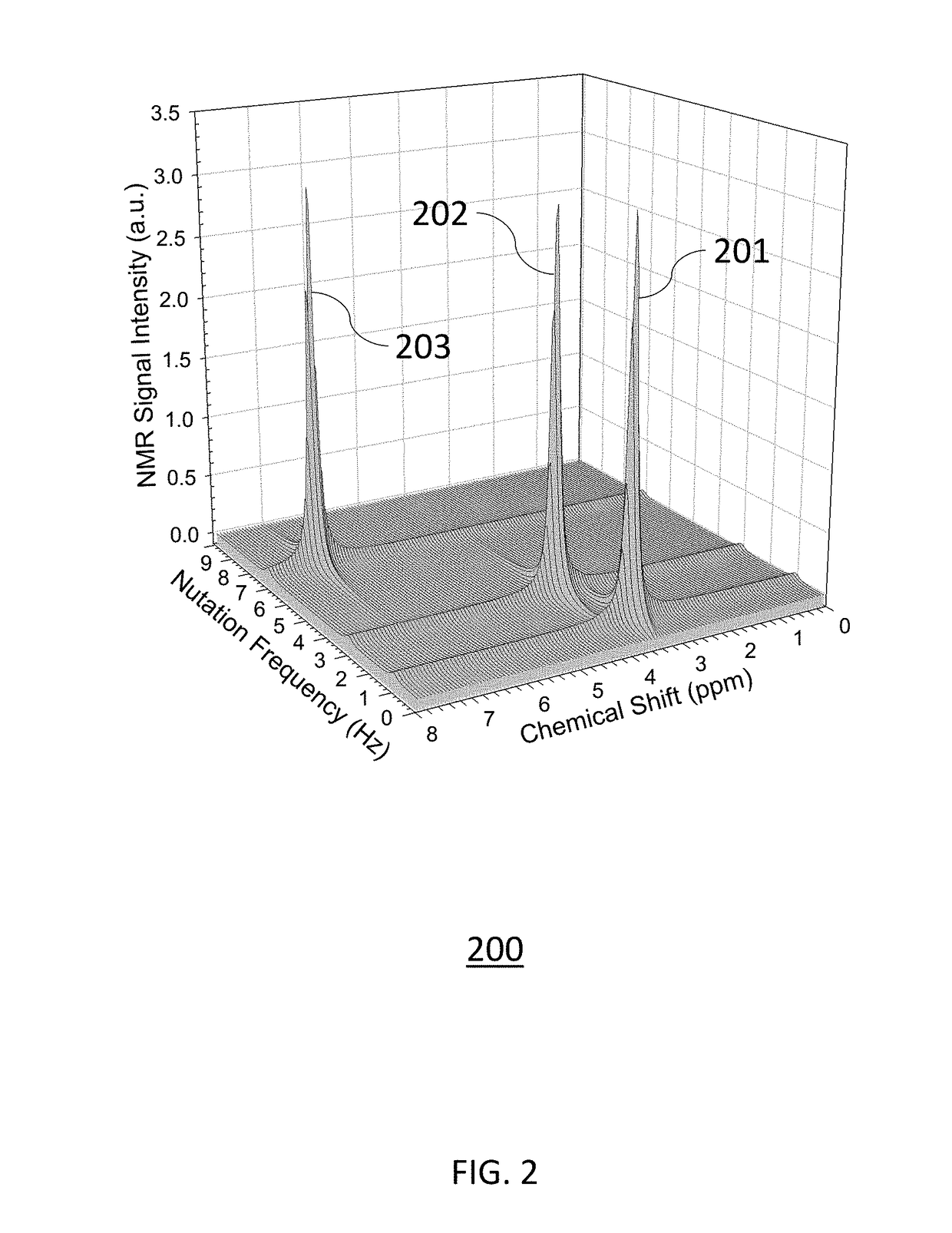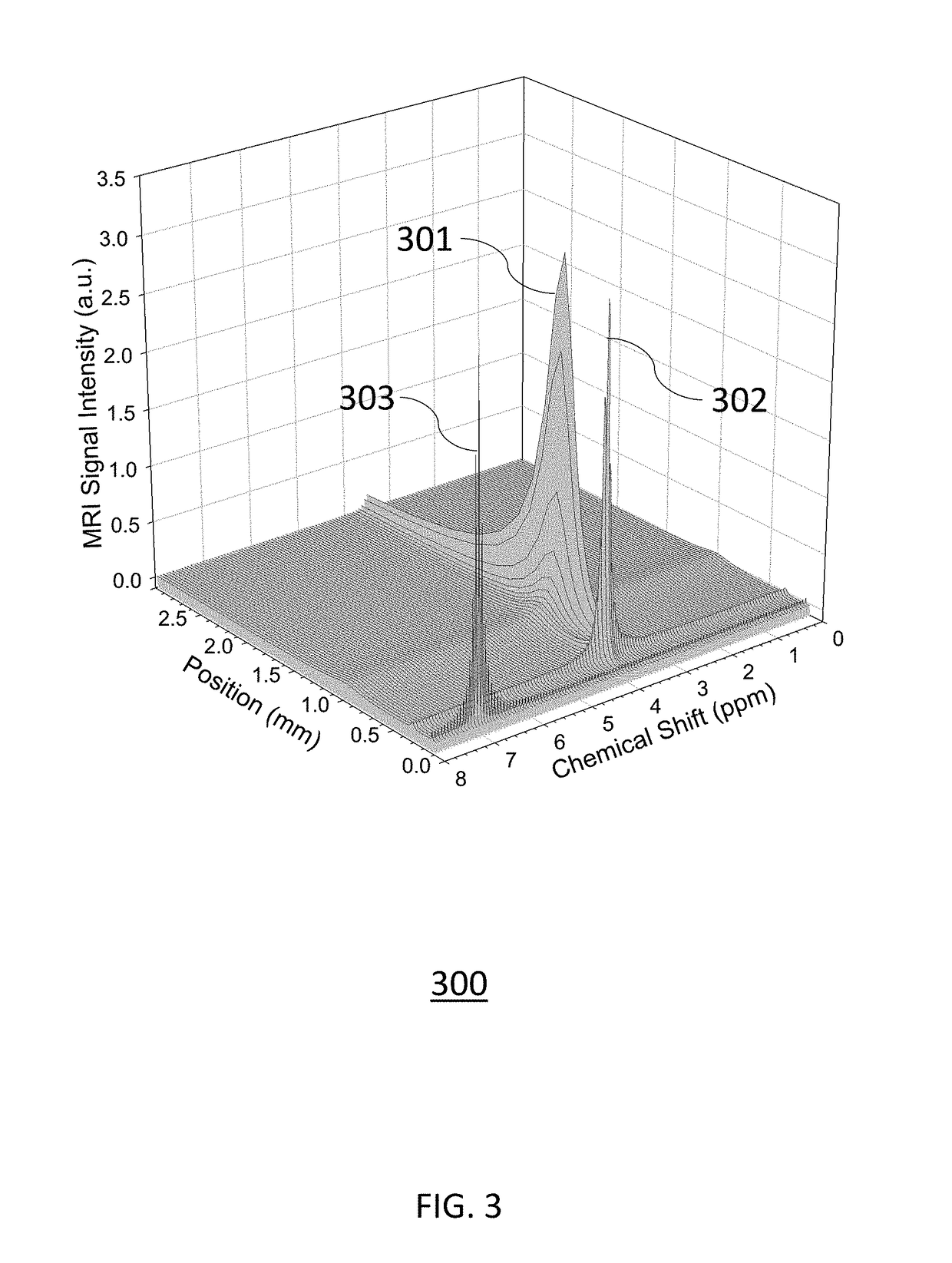Magnetic resonance imaging cancer probe and methods of use
a magnetic resonance imaging and cancer probe technology, applied in the field of magnetic resonance imaging and cancer probes, can solve the problems of limited measurement depth or sensitivity, inability to use in vivo in vivo non-invasive in vivo technologies for accurate skin-cancer demarcation, and limited optical detection, so as to achieve enhanced sensitivity, accurate and completely excise, and high magnetic resonance sensitivity
- Summary
- Abstract
- Description
- Claims
- Application Information
AI Technical Summary
Benefits of technology
Problems solved by technology
Method used
Image
Examples
Embodiment Construction
[0016]One embodiment of the present invention relates to an Acupuncture-MRI Probe having a slender tapered metallic rod that simultaneously serves as the antenna of a radiofrequency resonant circuit and a needle for piercing skin tissues. The proximity of the MRI detector needle antenna to subcutaneous skin tumors provides up to a 100-fold sensitivity enhancement for magnetic resonance signals compared to MRI surface coils known in the art. The enhanced magnetic resonance signals are suitable for spatially mapping the margins of basal cell carcinomas with sub-millimeter resolution. The acupuncture needle antenna is electrically connected to capacitors to form a radiofrequency resonant circuit and a mechanical actuator to provide accurate positioning in skin tissues. The Acupuncture-MRI Probe is connected to a radiofrequency electrical console that generates a radiofrequency electrical current in the needle antenna. The radiofrequency electrical current generates an oscillating magne...
PUM
| Property | Measurement | Unit |
|---|---|---|
| Length | aaaaa | aaaaa |
| Length | aaaaa | aaaaa |
| Time | aaaaa | aaaaa |
Abstract
Description
Claims
Application Information
 Login to View More
Login to View More - R&D
- Intellectual Property
- Life Sciences
- Materials
- Tech Scout
- Unparalleled Data Quality
- Higher Quality Content
- 60% Fewer Hallucinations
Browse by: Latest US Patents, China's latest patents, Technical Efficacy Thesaurus, Application Domain, Technology Topic, Popular Technical Reports.
© 2025 PatSnap. All rights reserved.Legal|Privacy policy|Modern Slavery Act Transparency Statement|Sitemap|About US| Contact US: help@patsnap.com



